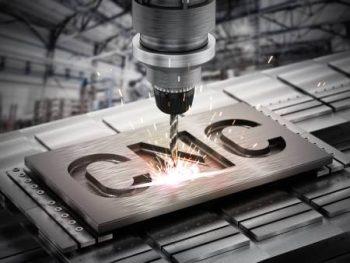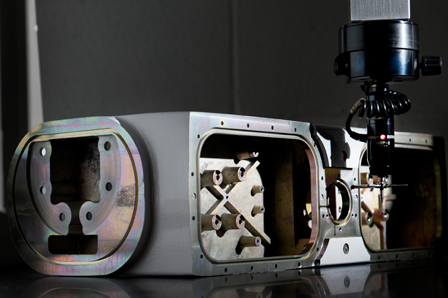
Precision CNC Machining is a process that involves removing excess raw materials with extreme accuracy in order to create a finished product. The goal of this process is to shape something into a specific outcome, whether it be a component, a finished product, a prototype, or even a piece of art. Precision CNC Machining is something that impacts all of us, most without even realizing it.
The process of Precision CNC Machining begins with a CAD file. This is a computer-aided design file that contains all the information needed to create the desired product. The CAD file is used to generate a toolpath, which is essentially a set of instructions that tells the CNC machine how to remove material from the workpiece. The toolpath is then loaded into the CNC machine, which begins to cut the part according to the specified parameters.
The accuracy of a Precision CNC Machined part is determined by several factors, including the quality of the CAD file, the accuracy of the CNC machine, and the skill of the operator. In order to achieve high accuracy, all of these factors need to be aligned and working together seamlessly. This is why it is so important to use a high-quality CAD software when creating your part files.
What is a CNC Machine?

A CNC machine, or computer numerical control machine, is a type of machine tool that uses instructions fed by a computer to control the movement of its cutting tools. This allows users to create intricate designs and products with tight tolerances.
CNC machines can be used to create products made from a variety of materials, including plastic, metal, and wood. They are also capable of producing parts with a high degree of accuracy and precision.
There are many different types of CNC machines available on the market, each with its own set of capabilities and specifications. When choosing a CNC machine, it is important to select one that is capable of producing the desired results. For high-precision parts, a machine with a higher degree of accuracy and precision is required.
The operator’s skill is also critical to the quality of the finished part. An inexperienced operator can easily make mistakes that lead to poor results. A skilled operator, on the other hand, can produce precise parts time and time again using the same setup.
Once the part has been machined, it must be cleaned and inspected for any defects. Any flaws or imperfections must be corrected before the part can be used in production. This final step is critical to ensuring that the part meets all the specified requirements.
Precision CNC Machining is a process that takes time, skill, and experience to master. However, when done correctly, it can produce parts of the highest quality and accuracy.
What Type of Businesses use High Precision CNC Machining?
There are a variety of businesses that use high precision CNC machining to create products or parts for their company. Some of these businesses include those in the aerospace, automotive, and medical industries. By using CNC machining, these companies can create products with intricate details and tight tolerances.
This allows them to produce high-quality parts and products that meet the specific needs of their customers. Additionally, CNC machining is a more efficient and cost-effective manufacturing process than traditional methods. This helps businesses save time and money while still producing high-quality products.
If you are looking for a company that can provide high precision CNC machining services, then contact us today. We have years of experience in this field and can help you create the products you need for your business.
How Did CNC Machining Come About?
The history of CNC machining is a long and storied one, dating back to the late 1940s. The first CNC machine was designed by John T. Parsons, and it was used to create components for the U.S. Air Force’s B-52 bomber.
Since then, CNC machining has become an essential tool in the manufacturing industry, thanks to its versatility and precision. Today, CNC machines are used to create everything from car parts to medical implants.
The history of CNC machining is a testament to the power of innovation and technology. Thanks to Parsons’ invention, CNC machining has become an integral part of the manufacturing process, and it shows no signs of slowing down.





